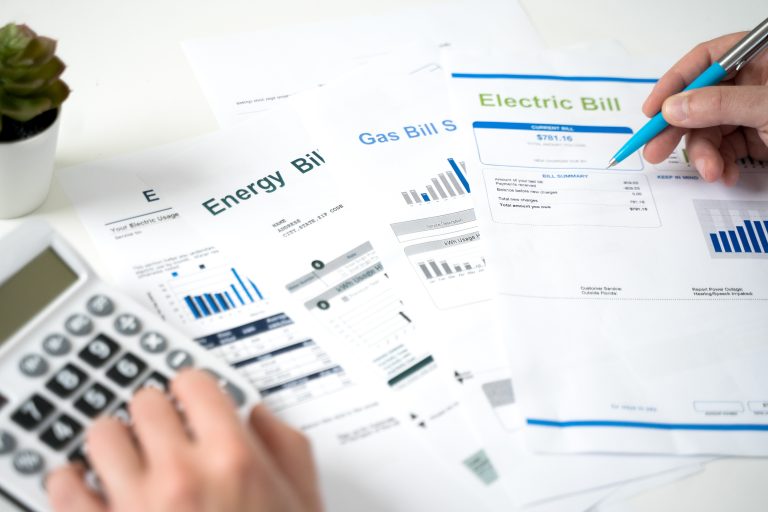Homes and businesses can save hundreds on water bills with six simple changes. A single trickling tap could waste nearly £400 annually, and over time, even small leaks can cost up to £10,000 to repair. Installing tap aerators could save over £110 per person each year.
In today’s economic climate, UK homes and businesses are always seeking ways to reduce operational costs. One area often overlooked is water usage. Thankfully, with a few smart changes, significant savings can be achieved, benefiting both the wallet and the environment.
To aid in this effort, Clearsight Energy, a business utility comparison site, has revealed practical ways to cut costs. These strategies are also effective for household use.
Fix Leaking or Dripping Taps – Save Up to £398.67
Fixing a dripping tap is one of the simplest and most effective changes. A single dripping tap can waste over 5,500 litres of water each year, costing around £22 per tap.If it worsens to a trickle, it can waste up to 175,000 litres annually, costing nearly £400, according to Tap Warehouse.
Steps
The most common cause is a failed washer, which can be replaced in five steps:
Cover the drain to stop anything from falling into it
Turn off the water
Remove the tap top and valve
Replace the washer
Replace the top
Energy-Efficient Dishwashers
Save Up to £78.66
Dishwashers consume significant water and energy, especially in the hospitality industry. Upgrading to energy-efficient models can reduce water usage by 30%, saving £40.16 annually, and energy usage by 12%, saving £38.50. Older dishwashers use about half the water of washing up by hand, while newer models use as little as 8.4 litres per cycle. Businesses without dishwashers should consider investing in one, even pre-owned. Those with dishwashers should wash full loads and use water-saving settings.
Water-Efficient Toilets
Save £56.95 Annually Per Person
Traditional toilets use up to 14 litres per flush, but modern low-water-use toilets can reduce this by 80%, saving up to 25,000 litres or £56.95 per person annually. Dual-flush toilets offer options for different volumes of waste, allowing for a lighter flush when appropriate. Installing these toilets can lower water usage and reduce overall water bills while maintaining sanitation and comfort.
For those with tight budgets, using water displacement devices can be a practical alternative. These devices cause the cistern to underfill and use less water per flush.
Rainwater Harvesting Systems
£306 Savings on Average
Rainwater harvesting systems collect and store rainwater for non-consumable uses, such as watering plants, toilet flushing, and cleaning. This reduces reliance on tap water, leading to significant savings, particularly in high-rainfall regions. A water butt, costing around £34, is a good starting point for testing the process. More extensive systems can save 40-50% of the average home water bill, equating to up to £306 for a family of four, according to Southern Water’s 2023 rates. Considering that the average home uses 30% of its water to flush the toilet, businesses could see significant savings by using rainwater.
Leak Detection Systems
Potential to Save Thousands
Undetected leaks waste three billion litres of water daily across England, according to Global Citizen. The European Commission estimates that advanced leak detection technologies can conserve up to 50% of public water supplies. Leak detection systems help identify and fix leaks quickly, with some models automatically shutting off the water supply. Insurers also encourage using these devices.
